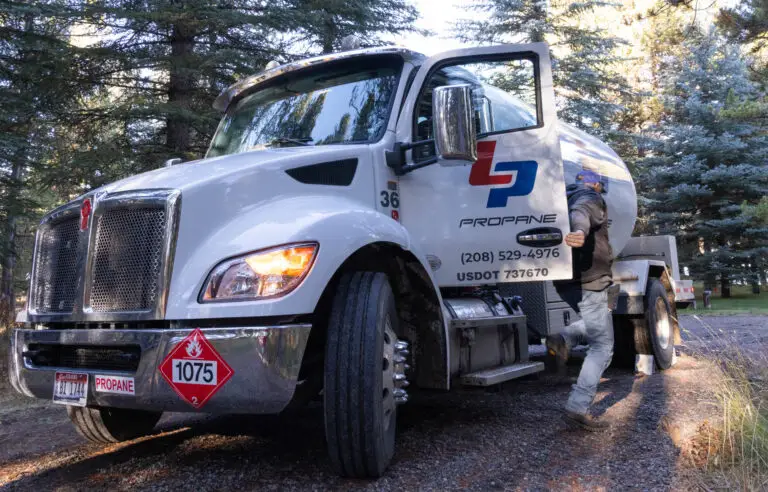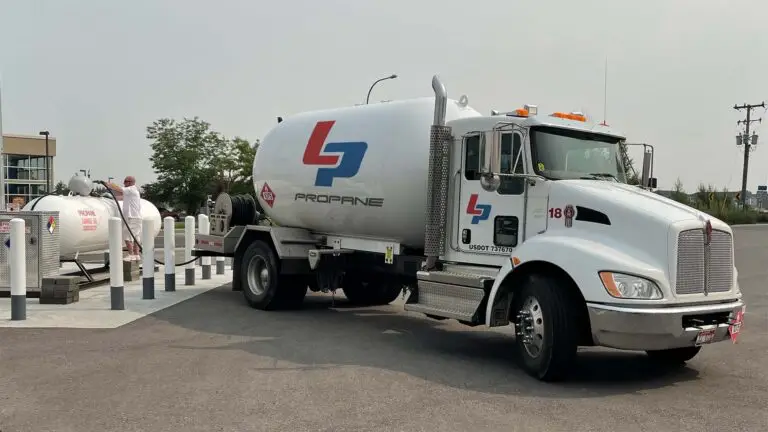
Why Propane Is the Unsung Hero of Energy Independence
Why Propane Is the Unsung Hero of Energy Independence As the U.S. continues to prioritise resilient strength solutions, propane has emerged as one of the maximum reliable, versatile, and overlooked fuels within the national energy conversation. While electric powered grids

